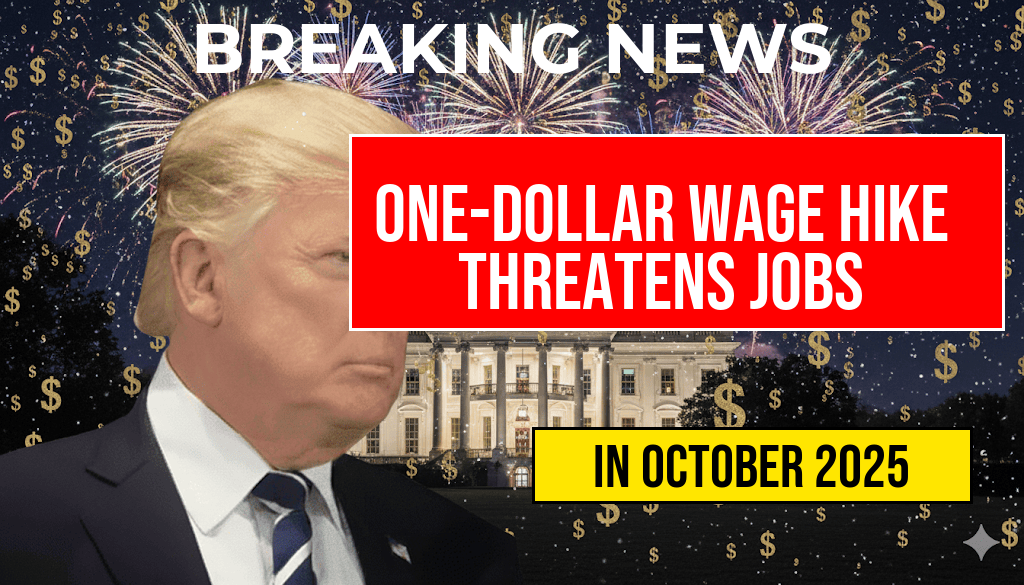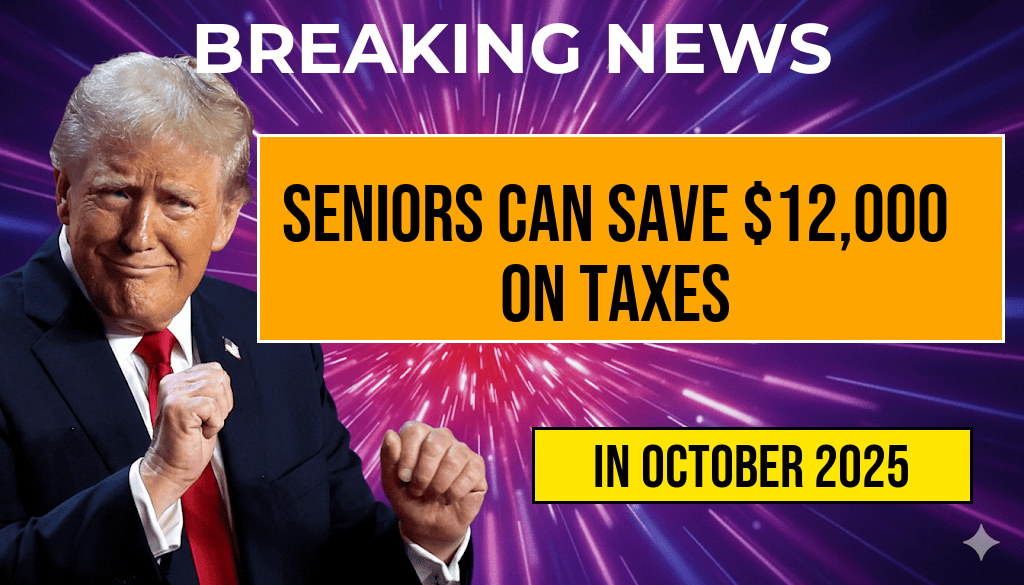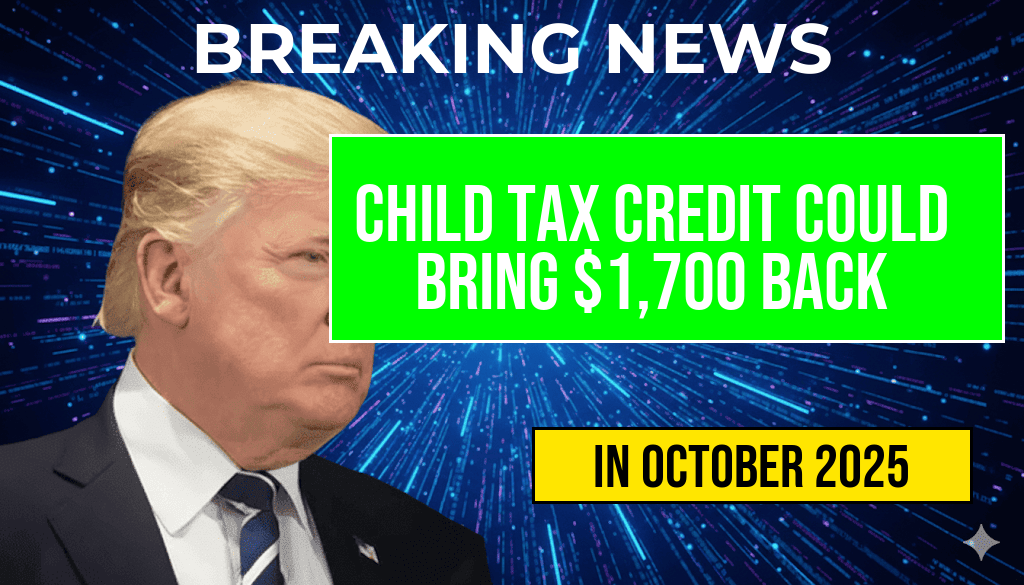Amid ongoing debates over minimum wage policies, proposals to set a one-dollar minimum wage have sparked widespread concern among small business owners and economists alike. While such a drastic reduction aims to address income inequality and streamline wage structures, experts warn it could lead to significant job cuts, reduced hours, and financial instability for vulnerable workers. Small businesses, which constitute a vital part of the U.S. economy—accounting for approximately 44% of U.S. economic activity—may face disproportionate challenges in adapting to such a dramatic wage shift. Policymakers, workers, and business leaders are closely scrutinizing the potential impacts, weighing the benefits of increased employment flexibility against the risks of job losses and diminished consumer spending.
The Rationale Behind a One-Dollar Minimum Wage
Proponents of extremely low minimum wages argue that such policies could reduce labor costs for small businesses, particularly in regions with high unemployment or low economic activity. Supporters believe that a minimal wage could incentivize employment, especially for teenagers, marginalized groups, or individuals entering the workforce for the first time. Some advocates also suggest that a one-dollar minimum wage may simplify wage calculations and reduce administrative burdens. However, critics contend that the policy could incentivize employers to cut hours, lay off workers, or shift towards automation to offset the cost reductions, ultimately harming the very workers it aims to help.
Potential Economic and Employment Impacts
Job Losses and Reduced Hours
| Impact | Description |
|---|---|
| Job reductions | Businesses may eliminate positions to compensate for minimal wage costs, especially in sectors with tight profit margins. |
| Reduced hours | Existing employees could face shorter shifts, decreasing overall income and job security. |
| Automation adoption | Firms might invest in technology to replace low-wage workers, accelerating automation trends. |
Consumer Spending and Local Economies
Lower wages could diminish disposable income among workers earning near the minimum, leading to decreased spending at local businesses. Small retailers and service providers may experience revenue declines, further complicating economic recovery in communities heavily reliant on low-wage employment. Conversely, some argue that the reduced wage expense might allow businesses to lower prices, potentially boosting consumption—though evidence for such outcomes remains limited.
Small Business Perspectives and Challenges
Small business owners often operate on thin profit margins and limited cash reserves. A drastic wage cut could threaten their viability, especially in competitive markets such as hospitality, retail, and personal services. Many express concern that a one-dollar minimum wage would force them to make tough choices, including layoffs or closures, risking livelihoods for employees and owners alike.
Case Studies and Expert Opinions
- Local Restaurant Owner: “We rely heavily on hourly staff, and slashing wages to a dollar would make it impossible to retain quality workers,” said a small business owner in Chicago. “We might have to reduce staff or shut down altogether.”
- Labor economist Dr. Lisa Martinez: “While lowering wages might seem to reduce costs, it could ultimately lead to a decline in employment opportunities and economic activity, especially for low-skilled workers.”
Policy Context and Broader Wage Discussions
The idea of setting a minimum wage as low as one dollar is largely theoretical and has not been seriously considered at the federal level. Instead, debates typically focus on incremental increases, such as raising the federal minimum wage to $15 per hour over several years. Some states and cities have experimented with higher minimums, with mixed results. The push for extremely low wages often emerges from fringe economic theories or political rhetoric rather than mainstream policymaking.
Balancing Growth and Worker Protections
Most economists agree that a balanced approach—gradually increasing the minimum wage while providing support for small business growth—can help improve living standards without jeopardizing employment. Investments in workforce development, tax incentives, and access to affordable credit are often cited as more sustainable strategies for fostering economic resilience. Policymakers are urged to consider the nuanced effects of wage policies and prioritize comprehensive solutions that support both workers and small enterprises.
Sources and Further Reading
Frequently Asked Questions
What are the potential impacts of increasing the minimum wage to one dollar on small businesses?
Increasing the minimum wage to one dollar could potentially lead small businesses to cut jobs or reduce employee hours in order to manage higher labor costs, especially if the increase is significant compared to current wages.
Could a small minimum wage increase improve employee morale and productivity?
Yes, a modest increase in the minimum wage might boost employee morale and productivity, but if the increase is too large relative to business revenues, it may force businesses to reduce their workforce to remain financially viable.
What factors determine whether small businesses will cut jobs in response to a wage increase?
Key factors include the size of the wage increase, profit margins, industry type, and the ability to pass costs onto consumers. Businesses with tight margins are more likely to cut jobs or reduce hours.
How might a one-dollar minimum wage increase affect consumer prices?
A small increase like one dollar could lead to a slight rise in product or service prices, especially in labor-intensive industries, which might be passed on to consumers.
Are there alternative strategies small businesses can adopt instead of cutting jobs when faced with wage hikes?
Yes, small businesses might consider investing in productivity-enhancing technologies, restructuring operations, or reducing other expenses to offset higher wages without resorting to job cuts.






